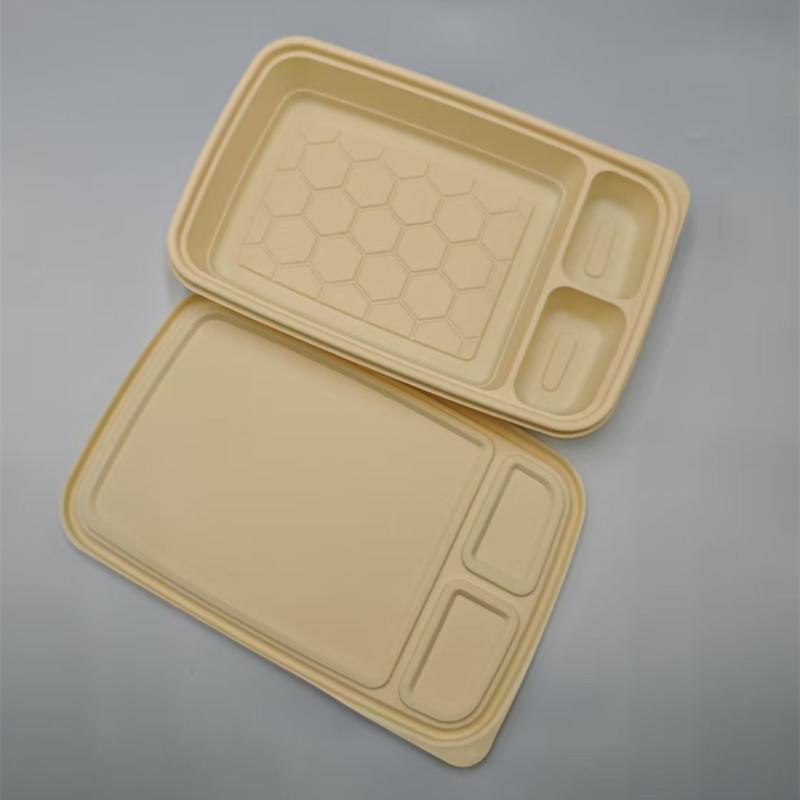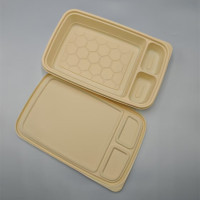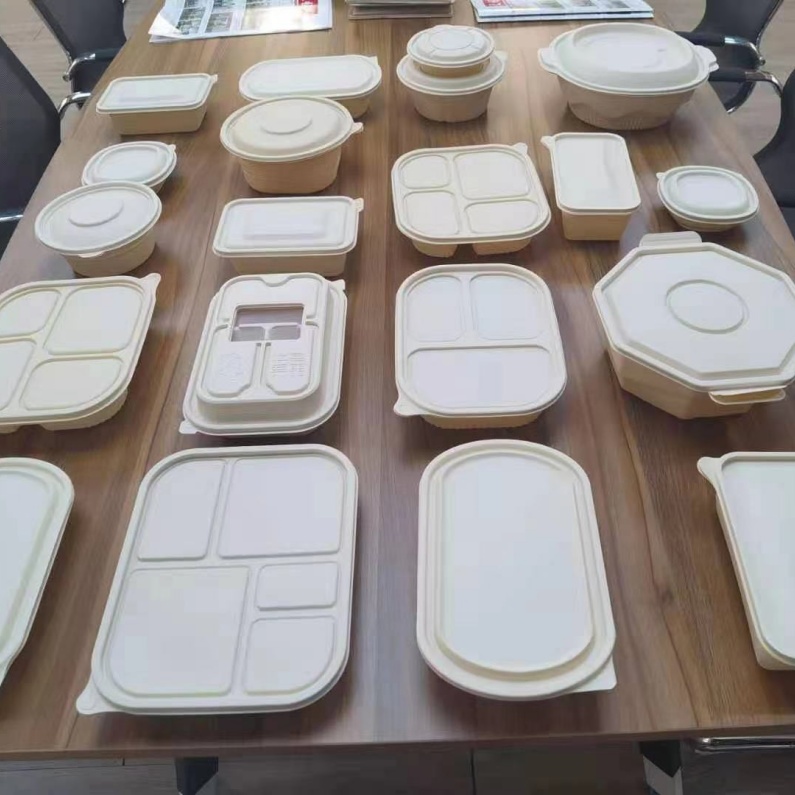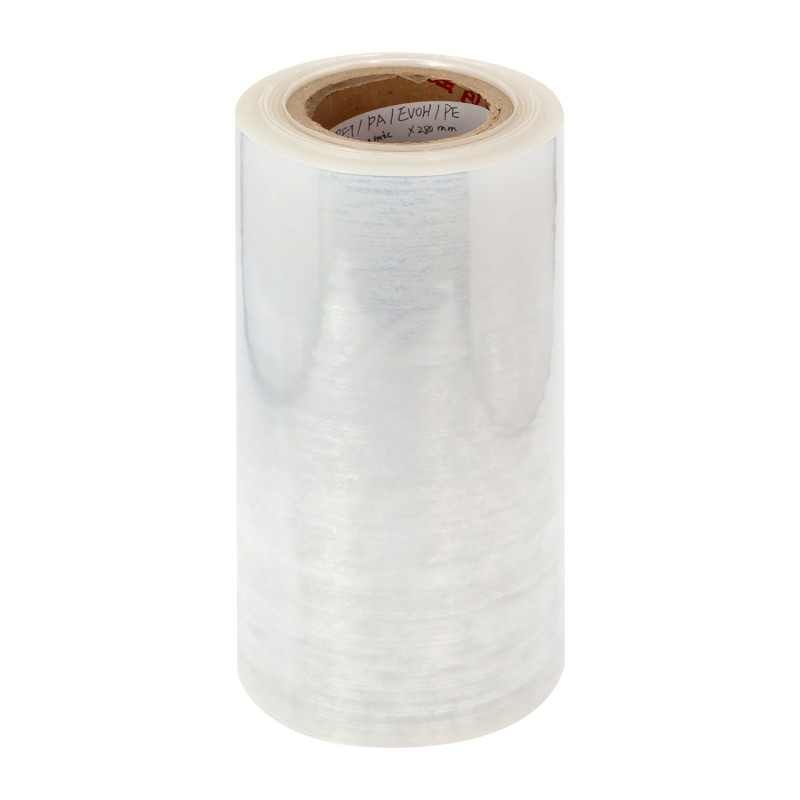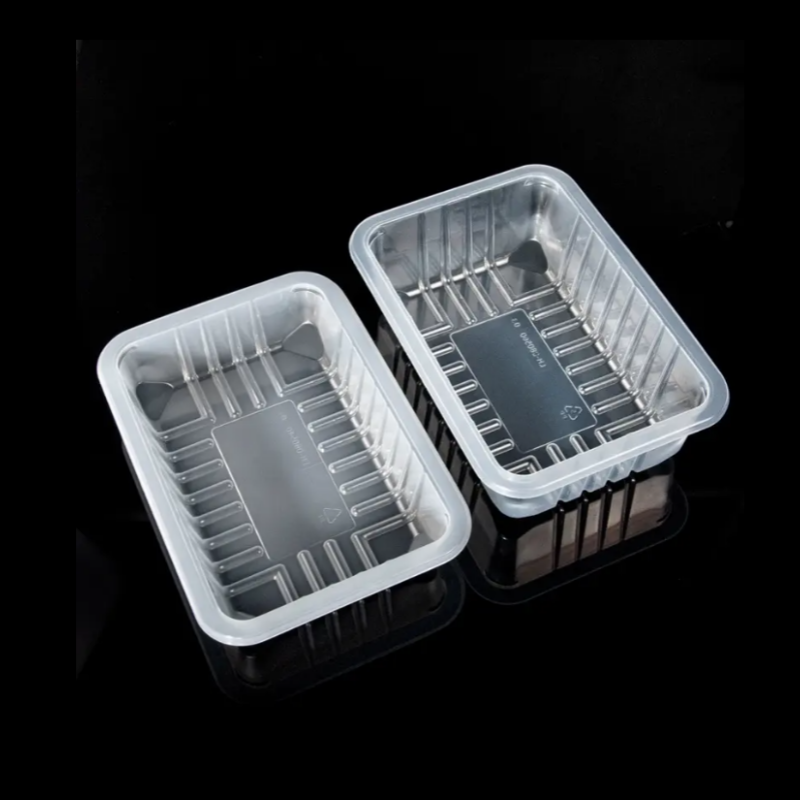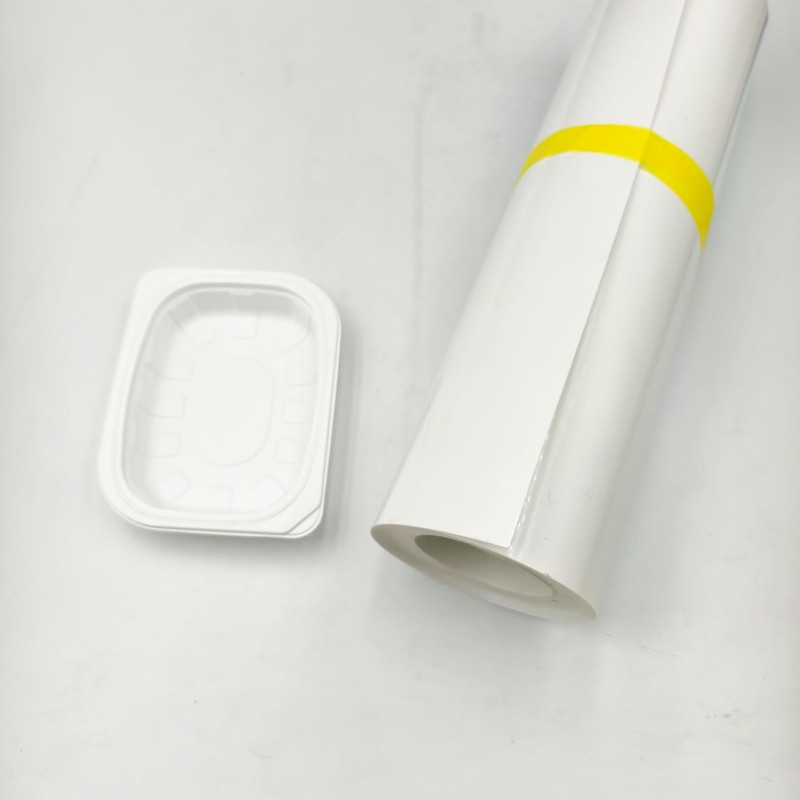
Disposable food packaging box
Biodegradability: Corn-based packaging is designed to break down naturally in the environment, reducing the amount of waste that ends up in landfills and oceans.
- TOP LEADER
- CHINA
- 7-15 Working days
- 5000t/Month
- Information
Corn-based biodegradable packaging, often made from polylactic acid (PLA) derived from cornstarch, offers several advantages over traditional plastic and other non-biodegradable materials. Here are some key benefits:
1. Environmental Impact:
- Biodegradability: Corn-based packaging is designed to break down naturally in the environment, reducing the amount of waste that ends up in landfills and oceans.
- Reduced Carbon Footprint: The production of PLA typically requires less energy and emits fewer greenhouse gases compared to the production of petroleum-based plastics.
2. Renewable Resource:
- Sustainable Source: Corn is a renewable resource, unlike fossil fuels used in conventional plastics. This means that the raw material can be replenished through agricultural practices.
- Agricultural Support: Using corn for packaging can support local agriculture and provide additional markets for farmers.
3. Compostability:
- Industrial Composting: Many corn-based packaging materials are certified for industrial composting, where they can break down into water, carbon dioxide, and organic matter under controlled conditions.
- Home Composting: Some types of corn-based packaging may also be suitable for home composting, depending on the specific formulation and thickness.
4. Food Safety:
- Non-Toxic: PLA is generally considered safe for food contact and does not leach harmful chemicals, making it a good choice for food packaging.
- Odorless and Tasteless: Unlike some other bioplastics, PLA is odorless and tasteless, ensuring that it does not affect the flavor or aroma of the packaged food.
5. Versatility:
-Wide Range of Applications: Corn-based packaging can be molded into various shapes and forms, including trays, clamshells, cups, and films, making it versatile for different packaging needs.
- Printable Surface: PLA can be printed on with standard inks, allowing for branding and labeling without the need for special equipment.
6. Regulatory Compliance:
- Certifications: Many corn-based packaging products meet international standards for biodegradability and compostability, such as ASTM D6400 and EN 13432, which can be important for businesses looking to meet environmental regulations and certifications.
7. Consumer Appeal:
- Eco-Friendly Image: Consumers are increasingly concerned about the environmental impact of their purchases. Using corn-based biodegradable packaging can enhance a brand's eco-friendly image and appeal to environmentally conscious consumers.
- Market Differentiation: Companies that adopt sustainable packaging solutions can differentiate themselves in the market, potentially gaining a competitive edge.
8. Resource Efficiency:
- Lightweight: Corn-based packaging materials are often lighter than traditional plastics, which can reduce transportation costs and the overall carbon footprint associated with shipping.
1. Environmental Impact:
- Biodegradability: Corn-based packaging is designed to break down naturally in the environment, reducing the amount of waste that ends up in landfills and oceans.
- Reduced Carbon Footprint: The production of PLA typically requires less energy and emits fewer greenhouse gases compared to the production of petroleum-based plastics.
2. Renewable Resource:
- Sustainable Source: Corn is a renewable resource, unlike fossil fuels used in conventional plastics. This means that the raw material can be replenished through agricultural practices.
- Agricultural Support: Using corn for packaging can support local agriculture and provide additional markets for farmers.
3. Compostability:
- Industrial Composting: Many corn-based packaging materials are certified for industrial composting, where they can break down into water, carbon dioxide, and organic matter under controlled conditions.
- Home Composting: Some types of corn-based packaging may also be suitable for home composting, depending on the specific formulation and thickness.
4. Food Safety:
- Non-Toxic: PLA is generally considered safe for food contact and does not leach harmful chemicals, making it a good choice for food packaging.
- Odorless and Tasteless: Unlike some other bioplastics, PLA is odorless and tasteless, ensuring that it does not affect the flavor or aroma of the packaged food.
5. Versatility:
-Wide Range of Applications: Corn-based packaging can be molded into various shapes and forms, including trays, clamshells, cups, and films, making it versatile for different packaging needs.
- Printable Surface: PLA can be printed on with standard inks, allowing for branding and labeling without the need for special equipment.
6. Regulatory Compliance:
- Certifications: Many corn-based packaging products meet international standards for biodegradability and compostability, such as ASTM D6400 and EN 13432, which can be important for businesses looking to meet environmental regulations and certifications.
7. Consumer Appeal:
- Eco-Friendly Image: Consumers are increasingly concerned about the environmental impact of their purchases. Using corn-based biodegradable packaging can enhance a brand's eco-friendly image and appeal to environmentally conscious consumers.
- Market Differentiation: Companies that adopt sustainable packaging solutions can differentiate themselves in the market, potentially gaining a competitive edge.
8. Resource Efficiency:
- Lightweight: Corn-based packaging materials are often lighter than traditional plastics, which can reduce transportation costs and the overall carbon footprint associated with shipping.
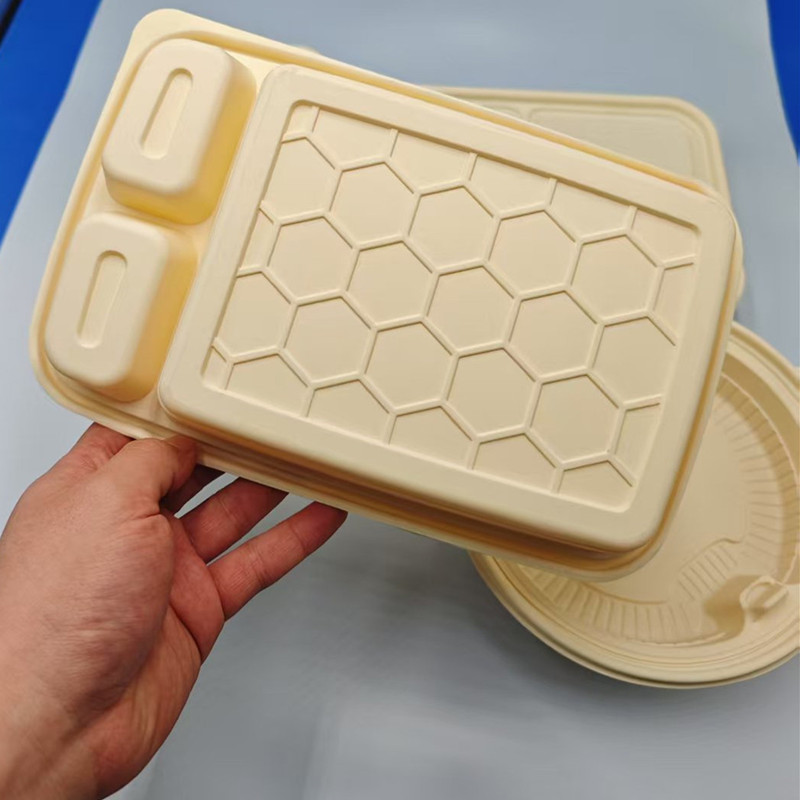
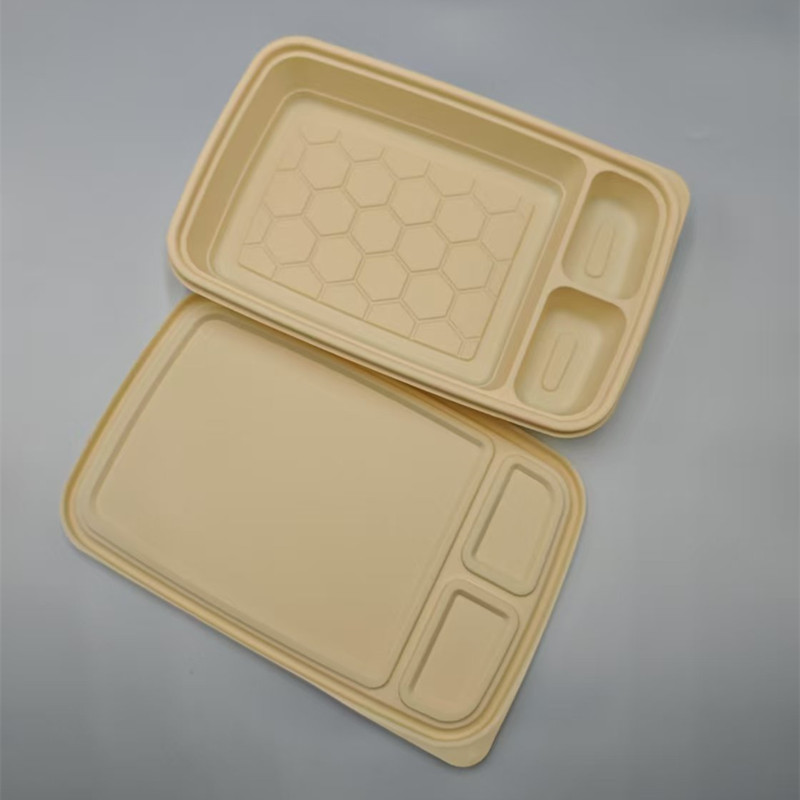
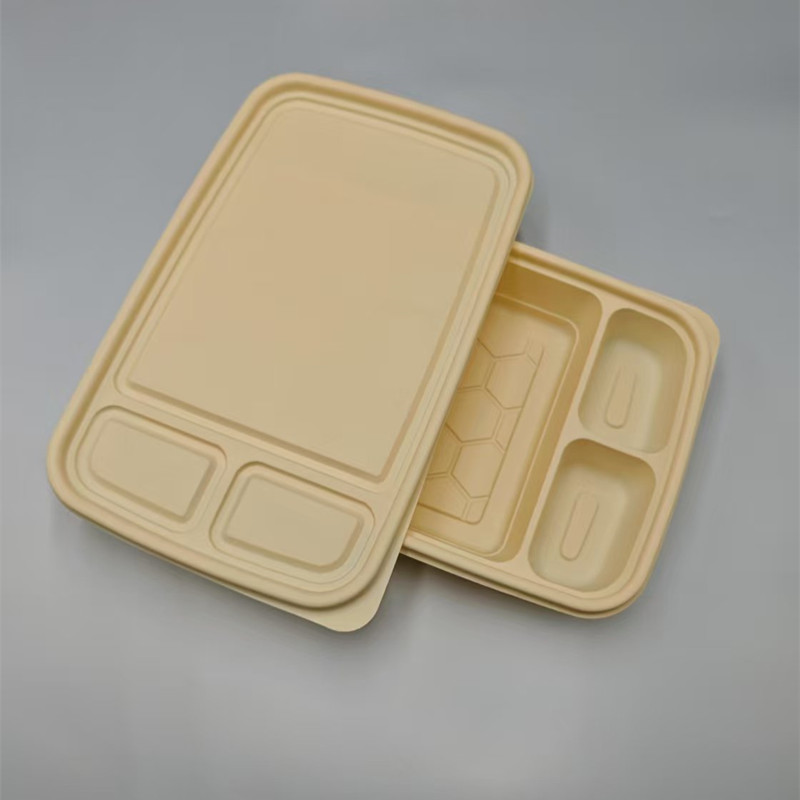
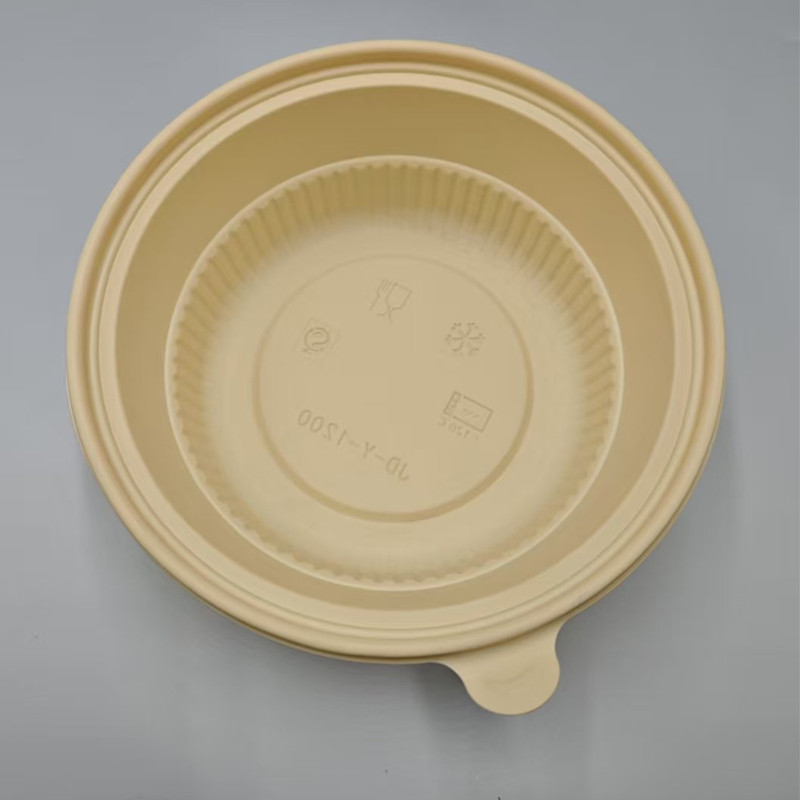
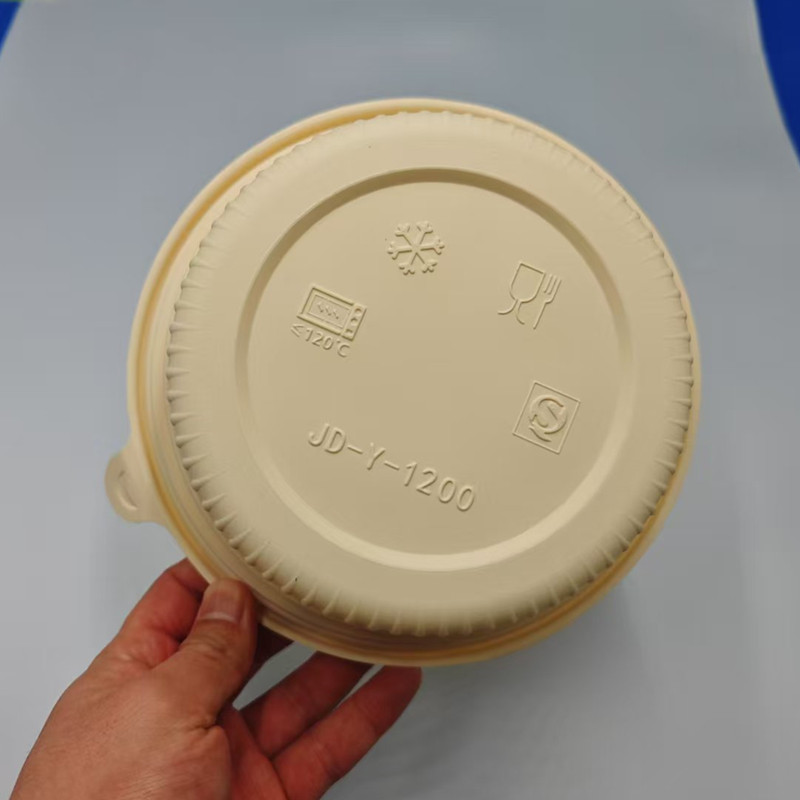
Get the latest price? We'll respond as soon as possible(within 12 hours)

